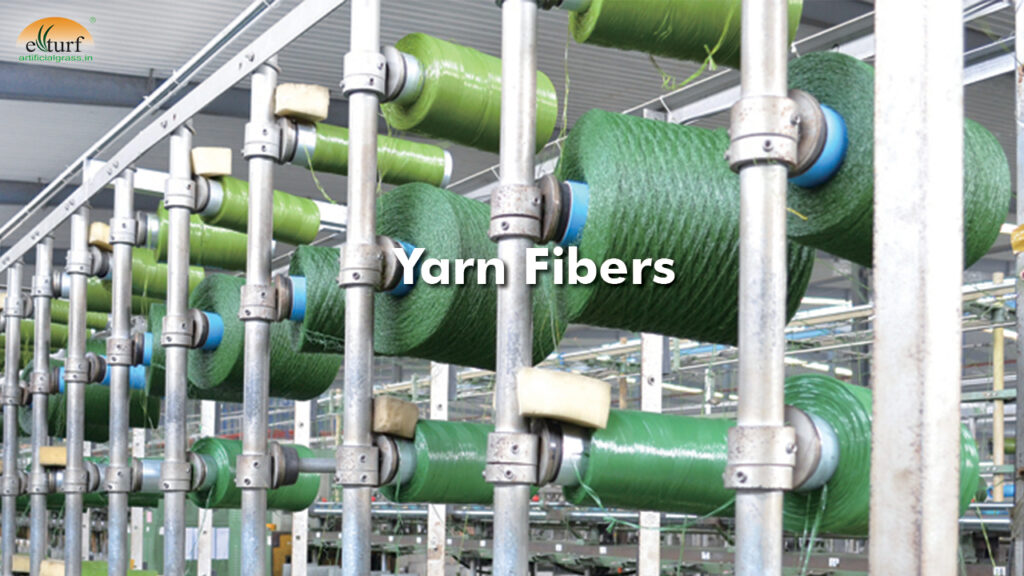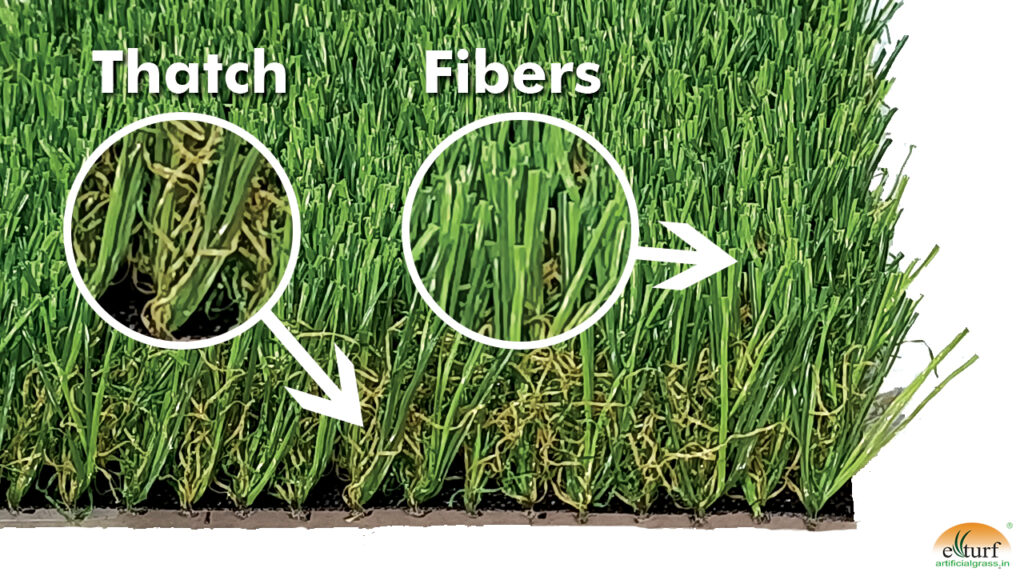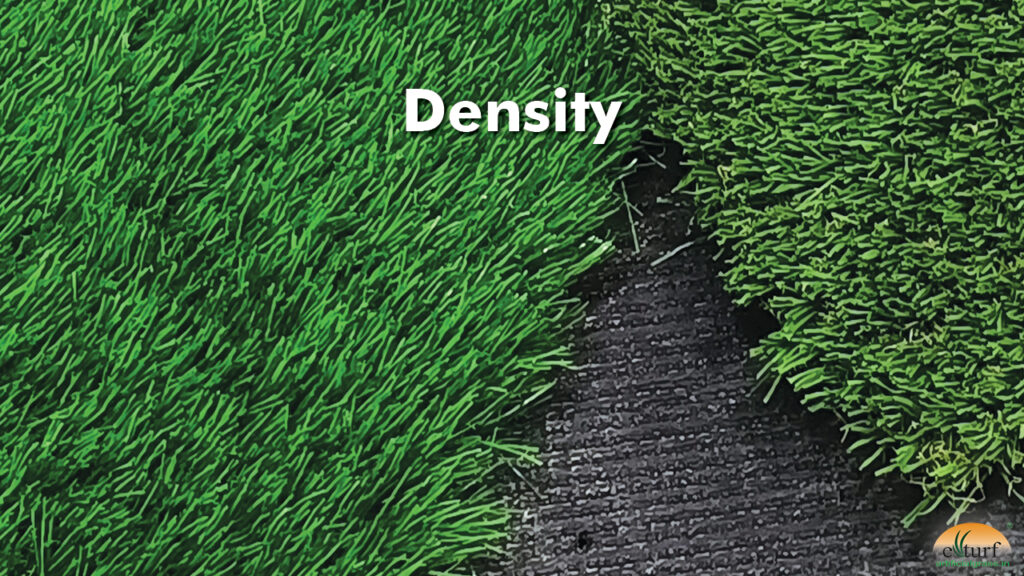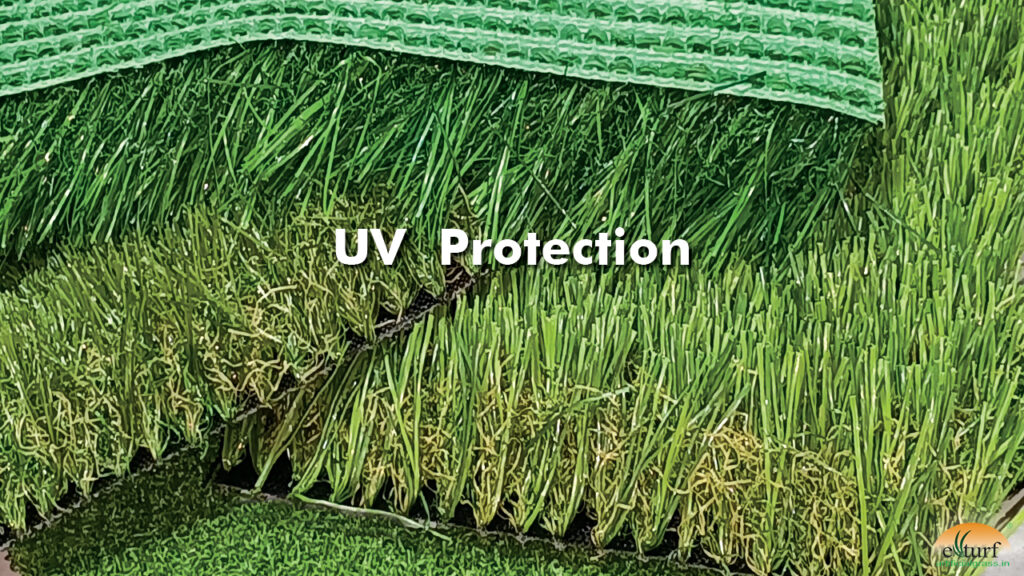Artificial Grass Buying Guide

Artificial grass for lawns, balconies, playgrounds, and play areas has gained in great attention in recent years due to its ease of maintenance. Modern grass products resemble natural turf in appearance and feel. For any type of arrangement, artificial grass looks bright, cheerful, and inviting. It’s also a greener option than natural grass because it doesn’t require water, fertiliser, or pesticides that are harmful to children and dogs. This low-maintenance ground cover also provides a nice cushion for little feet, making it safer for your toddlers.
To the untrained eye, all turf products appear to be the same: green, fluffy, and grassy. The many forms of artificial grass, on the other hand, differ in terms of longevity, characteristics, drainage, and other factors. Different synthetic grass are suitable for different applications, it’s critical to select a variation with the right characteristics to ensure the greatest possible experience.
We would recommend that you can narrow down which type will best fit the needs of your area by conducting research.
Now let’s just get into the basics of Artificial Grass:

Turf Yarns
Artificial Grass Yarns
The yarn is the material that is utilised to manufacture the threads that make up grass blades. While the colour, thickness, and shape of artificial grass yarn might vary, all yarn is made from one of three materials:
- Polyethylene
- Polypropylene
- Nylon
The optimum combination of softness and strength makes polypropylene and polyethylene ideal for use as a lawn, balcony, and park or playground area.

Thatch & Fibers
Thatch
Many current turf products have a coating of thatch — curly, soft threads that run between the upright green threads similar to the layer of dead and dying grass beneath the natural green grass. Thatch is added to the synthetic grass in order make it appear more natural and cushiony softness. A thick covering of thatch indicates that the product is of high-quality.

Density
Density
The density of synthetic grass refers to how tightly the threads are sewn together. Because it has more material per square yard, a dense product has more fibres to absorb friction from foot action. A high density indicates a long-lasting, high-quality turf.

Pile Height
Pile Height
Pile height determines how tall the synthetic grass blades are. It is determined by the turf’s intended purpose rather than its quality. A tall pile height (in inch) produces a lush, genuine appearance in areas where the artificial grass will be mostly seen and not trod on (such as a front yard).
It’s advisable to choose a turf with a lesser pile height for locations that get a lot of use and foot activity.

Backing
Backing
The artificial turf is made up of primary and secondary backings. The primary backing is the material grid into which the grass fibres are weaved, and the secondary backing is the fabric that is attached to the back and holds everything together.

Turf Permeability
Turf Permeability
Choose high quality artificial grass with sufficient drainage through the backing. It is recommended to have hole-punched (or perforated) backing for play areas and playgrounds. Hole-punched backing is exactly what it sounds like: small holes punched every few inches to allow rainwater to run through. Permeable backing, which is a more efficient drainage system, is required in areas prone to standing water or that host pets.

Shades
Artificial grass now comes in a wide range of colors thanks to advancements in manufacturing technology. Turf products are made to seem like specific types of grass so that they blend in with natural lawns and grassy areas. To give a more realistic appearance, high-quality artificial grass products often feature in many colors.

UV Protection
UV Protected
High-quality artificial grass comes with UV protection, means the turf is protected from fading in the sun, which also stops the backing from breaking down and causing grass fibres to fall out. Always look for turf that has UV (ultraviolet) light resistance built in.
Whether you’re looking for artificial grass for your backyard, lawn, balcony or a neighborhood park, keep reading to learn how to choose the finest product and type from its features.
